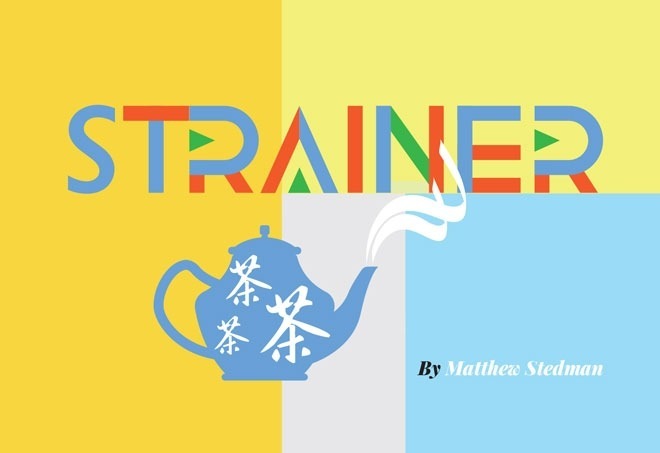Every tea region in China has seen good times and bad times. Lost decades are not unusual in this business. The tea fields of Xinyang City (信阳市) in Guangshan County (光山县), Henan, are no exception.
One dynasty was particularly unkind. Sadly for Xinyang, that dynasty was the Qing, the longest of them all, spanning 1644 to 1912. It’s not that the Qing Emperors didn’t drink tea; the Qian Long emperor specifically wrote about China’s “best” green teas. His omission of Xinyang tea was damning and lasting. Tea production flourished in provinces closer to Nanjing during these centuries, leaving the Western Huainan (西淮南) region behind.
Green tea had been grown successfully in Xinyang for a long period before that. It was mentioned as one of the eight tea regions in Lu Yu’s (陆羽) Cha Jing (茶经). However, this was not the Mao Jian (毛尖) we associate with Xinyang today. That green tea is specifically a 20th Century phenomenon. The town’s tea industry was revived afresh in the early Republic era, apparently making a splash at the 1915 Panama Tea Expo.
Mao Jian is a delightful, creamy green tea. One day, I’ll write a Strainer about it. One day, I will actually go to Henan!
Yet, this column isn’t about the famous green tea of the region; it’s about a tea recently introduced to me by a new friend. He is from the region. And he preferred to give me some red tea (what we Westerners usually call “black tea”) from Xinyang.
Closer inspection reveals a tea with very spindly, straight leaves that are of uneven length, with some pale sporting downy hairs. Like a lapsang, it is lightly smoked. Infused only by the moisture of the room, the aroma is already wonderfully chocolatey!
For me, it is a unique drinking experience, too. There is an umami aftertaste a little like a green tea; not Mao Jian, specifically, but slightly reminiscent of greens. There is a maltiness, too, but not the malty tang of Indian black teas or a cheap keemun. It’s as subtle as the Fujian reds, and just as rewarding.
- Coffee Cherry Tea
- Sichuan Green, the Superior Tea?
- Japanning; the Lustre of Shanghaied and/or Press Ganged
In the context of history, this red tea reflects the town’s flexibility, and also its bravery. Only in the last decade has red tea production been undertaken. There are risks associated with diluting the identity of a strong green tea quasi-brand in a culture where such tea names are often recited and remembered as lists. Mao Jian featured in “Top Four” lists of green teas throughout the 20th century, though its lustre has perhaps dulled a little in recent decades, just as Henan itself suffers a slight lack of cool currently.
Fortunes fluctuate. I am no businessman, but, from my position as a taster, diversification like this creates very welcome experiences and talking points. Certainly, China’s red tea needs to receive more love, from Chinese customers, too. Perhaps re-naming this tea “Guangming Red Tea” could help establish an identity as strong, but separate from, its famous green sibling.











